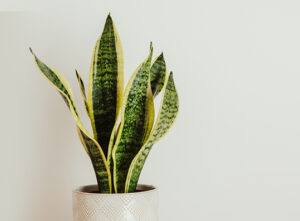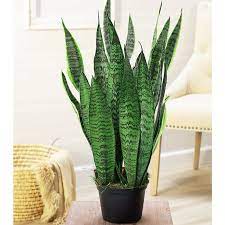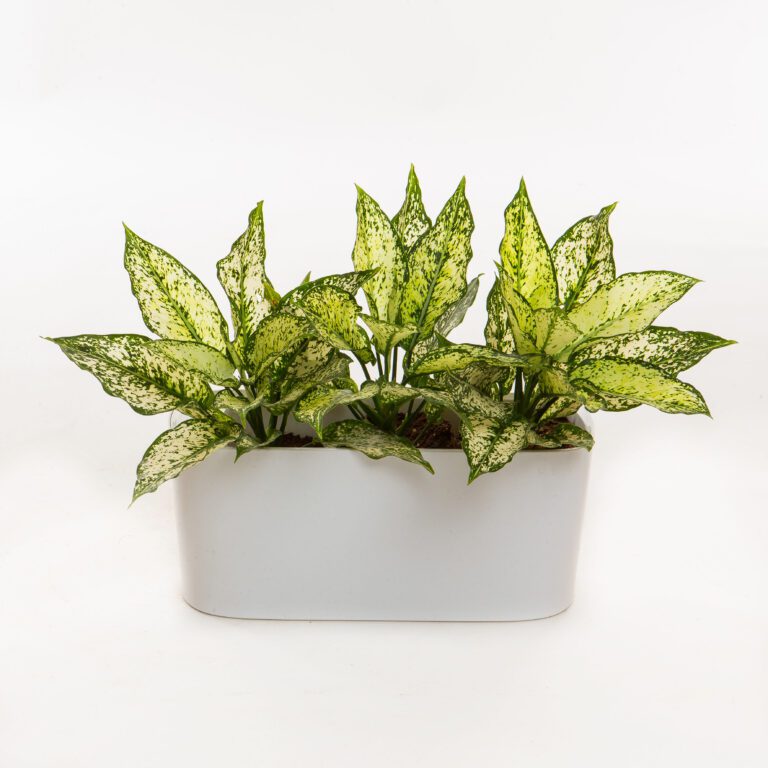Snake Plant 


The Snake Plant, scientifically known as Sansevieria trifasciata, is a popular and hardy indoor plant. Here are some details about this pl
- Leaves: The snake plant has long, upright, sword-shaped leaves that are often variegated with shades of green, yellow, or silver. The leaves can grow in a rosette pattern.
- Height: Depending on the variety, snake plants can range in height from a few inches to several feet.
- Growth Rate: Slow
- Light: Snake plants are adaptable to different light conditions but prefer indirect sunlight. They can tolerate low light levels, making them suitable for various indoor spaces.
- Watering: Allow the soil to dry out between waterings. Overwatering can lead to root rot, so it’s crucial not to keep the soil constantly wet.
- Soil: Use a well-draining potting mix, and make sure the pot has drainage holes to prevent waterlogged soil.
- Temperature: Snake plants are tolerant of a wide range of temperatures, but they prefer warmer conditions. Avoid exposing them to temperatures below 50°F (10°C).
- Humidity: They can adapt to different humidity levels but thrive in average indoor
- Air Purification: Snake plants are known for their ability to remove toxins such as formaldehyde, xylene, toluene, and nitrogen oxides from the air.
- Low Maintenance: Snake plants are resilient and require minimal care, making them an excellent choice for beginners or those with busy schedules.
- Aesthetic Appeal: With their striking foliage, snake plants add a touch of elegance to indoor spaces.
- While snake plants are generally safe, they can be toxic to pets if ingested. Keep them out of reach of curious animals.

